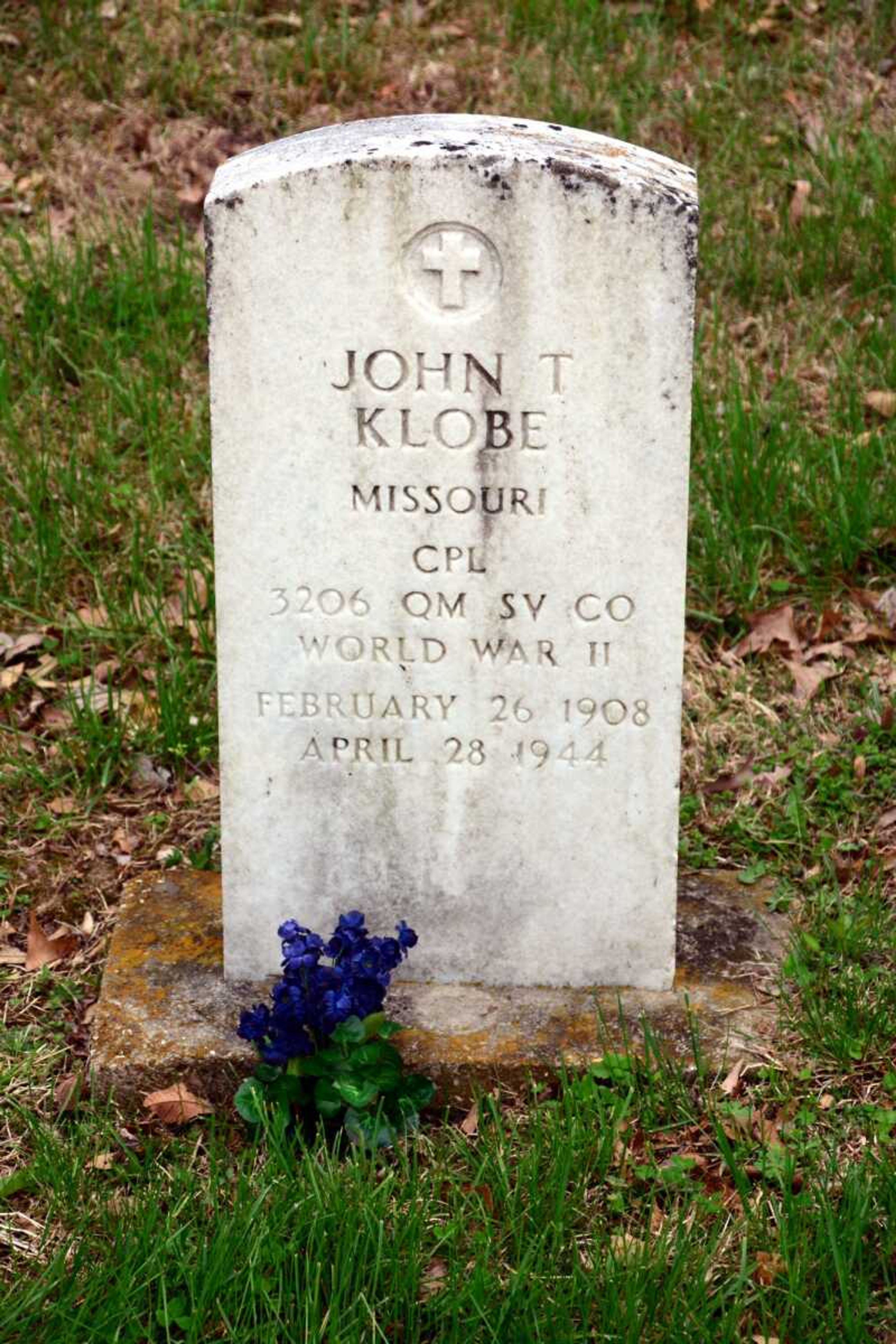Exercise Tiger: a costly and forgotten episode of World War II
Cloa Welker Klobe of Jackson received a brutal telegram on May 10, 1944. "The secretary of war desires to express his deep regret that your husband, Corp. John T. Klobe, was killed in action April 28 in the European area. Letter follows. Dunlop, Acting Adjutant General."...
Cloa Welker Klobe of Jackson received a brutal telegram on May 10, 1944. "The secretary of war desires to express his deep regret that your husband, Corp. John T. Klobe, was killed in action April 28 in the European area. Letter follows. Dunlop, Acting Adjutant General."
Geraldine Mason Burgfeld, living nearby, received a telegram announcing the death of her husband, Pvt. Walter Burgfeld. According to family lore, the screams of both women could be heard throughout the neighorhood.
A few days later, a telegram was delivered to Jerry Craft Hobbs of Cape Girardeau announcing that her husband, Corp. Lester Hobbs, was missing in action.
The Southeast Missourian reported that the three men had trained together before shipping out to England in January, but no details were forthcoming about what had happened to them.
They had been assigned to Exercise Tiger, a secret dress rehearsal for the D-Day invasion. This mock invasion would take place at Slapton Sands, on the British coast in Devon, serving as a stand-in for the ultimate target, Utah Beach in Normandy.
Slapton Sands had been evacuated, but residents were told little. The Allies didn't want German intelligence to gather clues about the Normandy invasion plans.
A convoy was assembled around Lyme Bay. Unfortunately, due to miscommunication, one British escort ship was unavailable, leaving the convoy to be protected by only one escort. This proved to be a fatal mistake, as Hitler's E-boats were lying in wait for the poorly defended ships.
Early on April 28, the Germans torpedoed LST-507, one of the Allied landing vessels that was filled with men, tanks and other equipment. The soldiers had received inadequate training on how to abandon ship; some put on their lifebelts incorrectly and drowned.
Thanks to confusion over radio frequencies, the other ships remained unaware of the danger. Two torpedoes then struck LST-530, which quickly went under. More than 400 men perished, including 201 members of the 3206th Quartermaster Company from Missouri.
After the rest of the convoy finally reached safety, LST-515 returned to discover a nightmare scene: hundreds of bodies in the frigid 42-degree water, some alive, but many dead.
Sources vary on the exact death toll, but it appears that well over 700 Americans died, making this the deadliest training incident in World War II. It wasn't all in vain, however, as lessons were learned that proved critical to the success of D-Day.
This embarrassing debacle remained a secret until August 1944, after the Normandy Invasion. Even following the release of details, Exercise Tiger remained largely forgotten until the 1980s when Devon resident Ken Small recovered a Sherman tank from the water near Slapton Sands. He advocated for the creation of an official memorial and wrote a book on the subject.
In Missouri, an Exercise Tiger memorial was established in 1997 at Mexico in Audrain County, a tribute to the many Missourians who perished in this episode, and a sobering reminder of the widows who had to read those appalling telegrams.
Connect with the Southeast Missourian Newsroom:
For corrections to this story or other insights for the editor, click here. To submit a letter to the editor, click here. To learn about the Southeast Missourian’s AI Policy, click here.










